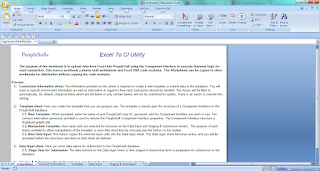PeopleSoft Integration Broker - Support for JSON

Does Oracle/PeopleSoft Integration Broker have support for JSON (JavaScript Object Notation) message format? In PeopleTools 8.40-8.51, Integration Broker does not provide a way via the framework to provide and consume JSON. In PeopleTools 8.52, the REST architecture makes it easier to support formats such as JSON, but still no framework generator/consumer. Since PeopleTools 8.53 and on (8.54, ...) JSON is produced and consumed via Peoplesoft Documents and is seamlessly used within a REST Service.








